PHEROMONES—A WEAPON THE BLISTER BEETLE USES TO TRICK THE DIGGER BEE
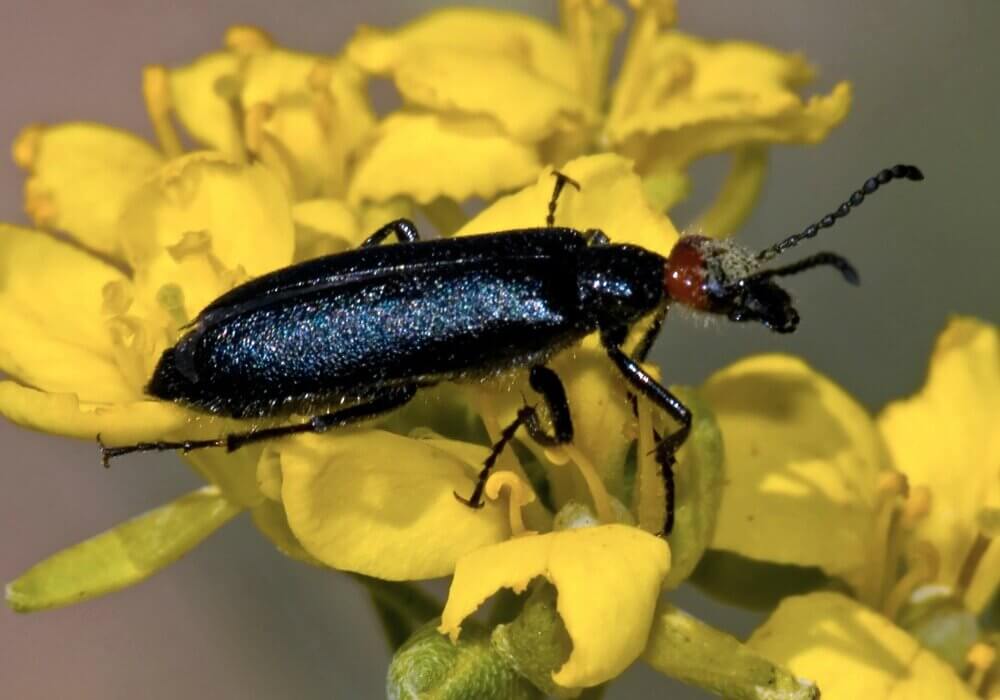
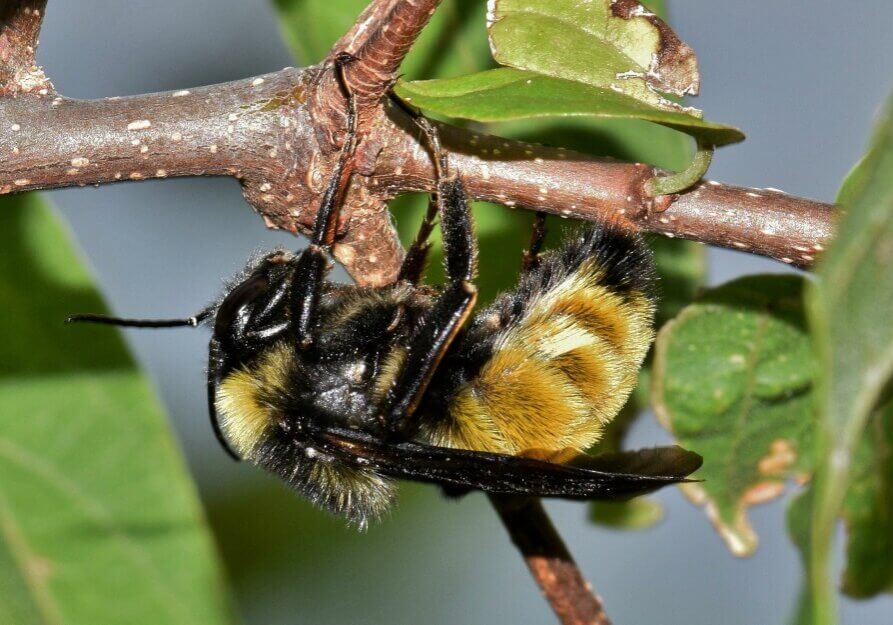
The digger bee (a solitary bee in the genus Habropoda) unintentionally acts as a host for the larvae of the parasitic blister beetles (Meloe franciscanus), also known as triungulins. You can find the parasite and host on the western coast of the United States.
The larvae of the blister beetle attract male bees by secreting chemicals that make the larvae smell like a female bee, ready to mate. When the male bee approaches, the larvae attach themselves to the bee.
Researchers have found a similar phenomenon in bolas spiders. They produce pheromones that mimic a variety of moth to catch the attention of prey. When moths react to the chemosensory signals, they are found in spider webs and eaten.
When the bee mates with the female bee, the larvae move from the male and join themselves to the female. The female deposits the larvae into its nest when she lays her eggs.
The parasitic larvae feed on the bee’s eggs and the food she had gathered for them and remain in the nest until adulthood. The beetles thus deposit their larvae with the eggs of their host without hassle.
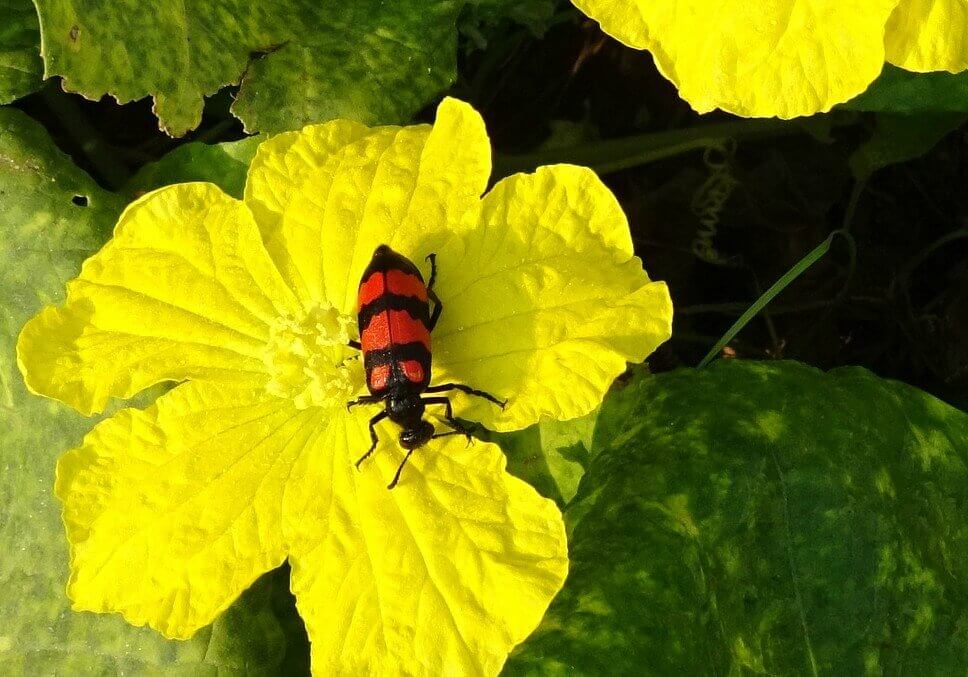
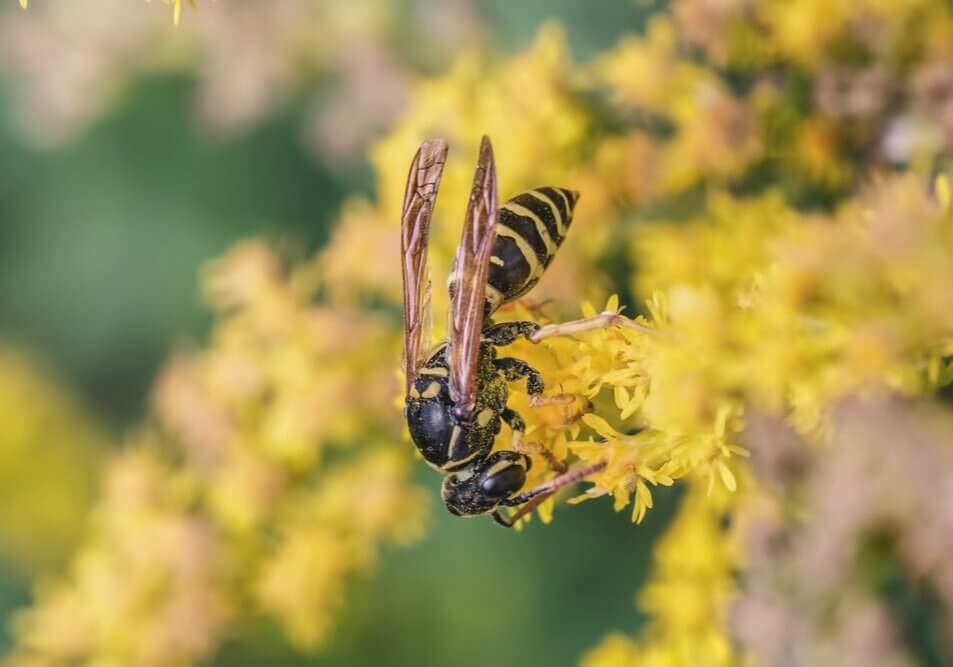
Based on a study published in Proceedings of the National Academy of Sciences (PNAS), a team of researchers found out that the beetle deposited its larvae at the cruising altitude of female bees. How the beetles know the average flying height of the female hunting male bees is a mystery.
The chemical ratios in the sex pheromones secreted by insects vary to prevent related species from interfering in the mating process.
Surprisingly, when researchers compared the chemical composition of the beetle larvae from different areas, the chemical pheromones emitted differed in their strength to draw in local male bees.
The fact that parasitic beetles from different areas produce pheromones of various composition and deposit larvae at different heights to deceive local digger bees into feeding their young shows that beetles adapt to local conditions to survive.
Do not confuse a digger bee and digger wasp. Digger wasps have smoother bodies with a smaller waist and thinner legs compared to digger bees whose body tends to be broader with more massive legs and visible hairs.
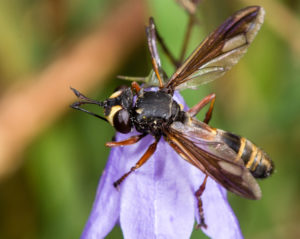
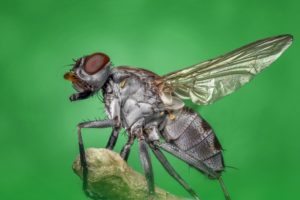

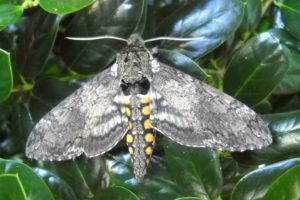
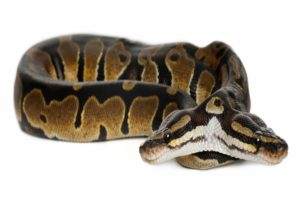
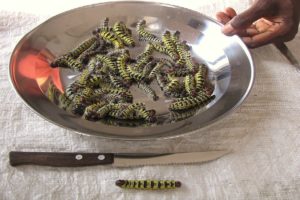
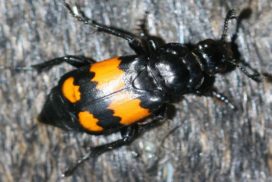
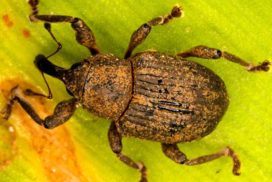
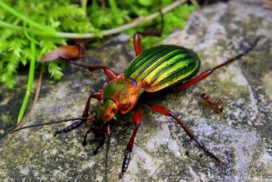
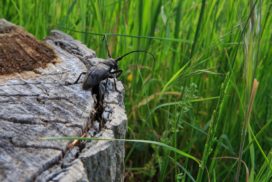
Perfectly written subject material, thankyou for information .